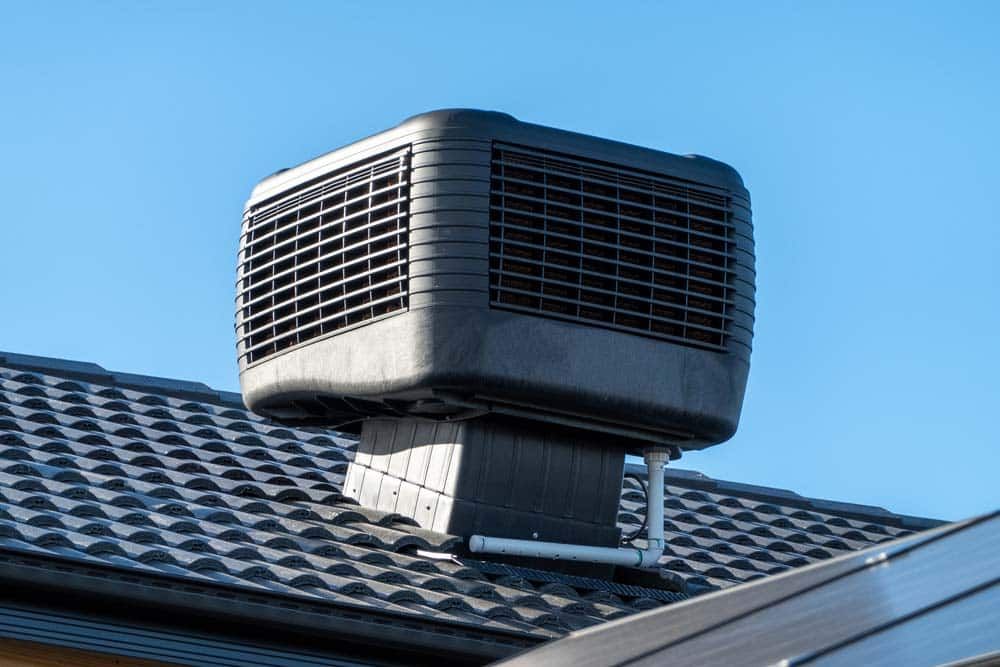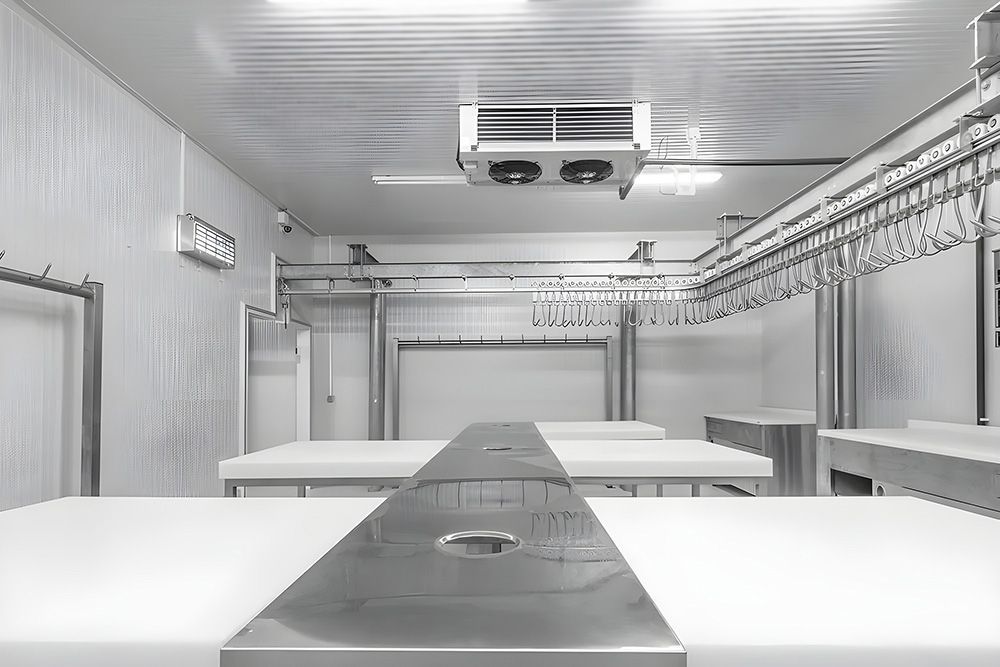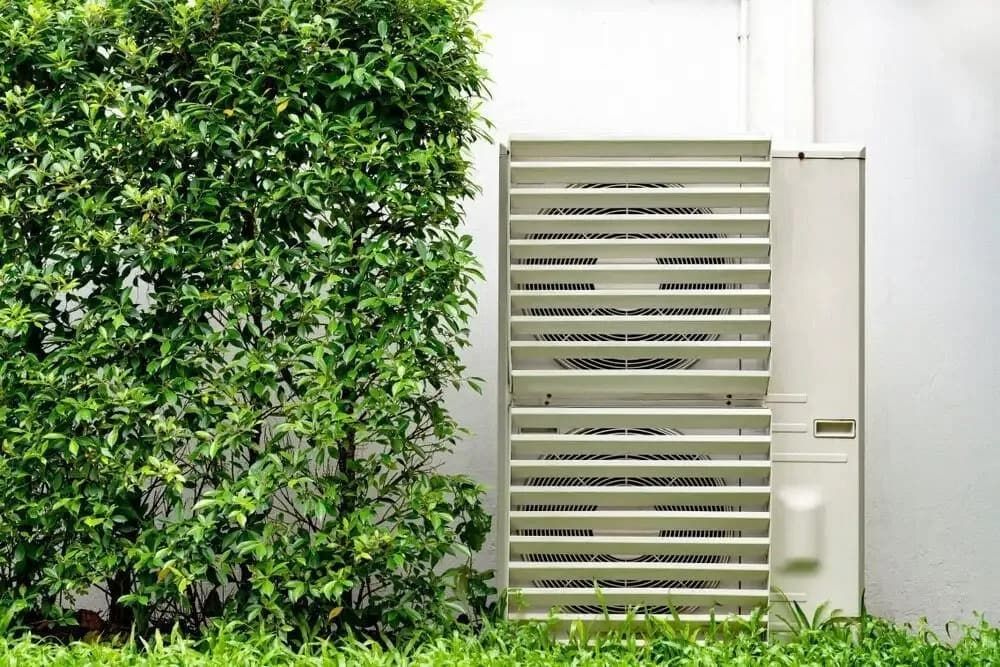How Humidity Affects Evaporative Air Cooling

When temperatures soar in places like Dubbo, staying cool becomes a top priority for homes, offices, and warehouses alike. Many property owners look to evaporative air cooling as an energy-efficient solution to beat the heat. But one element plays a pivotal role in whether these systems will work effectively: humidity.
In this blog, we'll unpack how evaporative cooling works, why it's better suited to drier climates, and how it performs when moisture levels in the air are high. Whether you're considering a new cooling system or want to make better use of the one you’ve already got, here’s what you need to know.
What Is Evaporative Cooling & How Does It Work in Dry Conditions?
Evaporative cooling works by drawing hot, dry air through wet filter pads. As the air passes through, the moisture evaporates, removing heat and cooling the air before it’s distributed through your space.
This process relies on one critical factor: the dryness of the air. The lower the humidity, the more water can evaporate, resulting in a stronger cooling effect.
Key features of evaporative cooling in dry climates:
- Natural cooling method: No refrigerants involved—just water and air.
- Energy-efficient: Uses significantly less electricity than traditional air conditioning systems.
- Fresh airflow: Constant air exchange keeps the indoor environment ventilated.
Evaporative coolers perform particularly well in regions where the climate is typically dry during peak summer months.
Why High Humidity Reduces the Efficiency of Evaporative Coolers
While evaporative coolers are ideal in dry conditions, they can struggle when humidity rises. That’s because humid air is already saturated with moisture, leaving less room for evaporation and less potential for cooling.
Here’s what typically happens in high humidity:
- Reduced evaporation: Moisture doesn’t evaporate as easily, so the air doesn’t cool down as much.
- Clammy air: Instead of feeling refreshed, indoor spaces may feel stuffy or damp.
- Mould risks: Excess moisture in the air can encourage mould growth if ventilation isn’t managed.
This is why areas with consistently humid climates—like coastal regions—may not fully benefit from evaporative systems.
Do Evaporative Coolers Work in High Humidity? Let’s Break It Down
This is one of the most common questions customers ask, especially on sticky summer days after a storm.
The short answer? Yes, evaporative coolers can still operate in humid conditions—but their effectiveness drops noticeably. These systems rely on the evaporation of water to cool the air, and when humidity levels are high, the air is already saturated with moisture. That means there’s less room for additional evaporation—and less cooling power as a result.
Performance in humid weather will depend on two key factors:
- The actual humidity level: Mildly humid days may still allow some cooling, but the effect is limited as humidity rises.
- Ventilation & air movement: The system works best when there’s adequate airflow to carry out moist air and bring in drier air from outside.
While you might not get the same refreshing effect as you would on a dry day, strategic use during the cooler parts of the day—or with boosted ventilation—can still offer a degree of comfort.
How to Use Evaporative Cooling in Humid Weather?
If you're living where humidity can spike after rain or storms, there are still ways to use your evaporative cooling system efficiently.
Best practices to improve performance in humid conditions:
- Open up windows or doors: This is essential for air circulation and to allow damp air to escape.
- Use ceiling or pedestal fans in conjunction: Helps move air and enhances the cooling effect.
- Run the system early in the day: Humidity is usually lower in the morning, improving performance.
- Clean filters & pads regularly: Dirty components restrict airflow and reduce efficiency.
- Keep internal heat sources low: Turn off unused appliances that may add to indoor warmth.
Adjusting how and when you use your system can help mitigate the impact of humid weather.
Choosing the Right Cooling Solution
Dubbo typically experiences hot and dry summers, which makes evaporative cooling a great fit for most of the year. However, the region can also experience periods of elevated humidity, particularly during storm season or La Niña years.
Local climate considerations include:
- Low average humidity in summer: Ideal for evaporative systems.
- Occasional rain-induced spikes in humidity: Can affect performance temporarily.
For this reason, some property owners opt for a hybrid approach—using evaporative cooling during dry months and switching to other systems as needed.
Signs That Evaporative Cooling Might Not Be Right for Your Property
While evaporative systems are a smart solution in many cases, they aren’t suited to every environment. If you’ve already installed one and are not getting the results you hoped for, it might be worth reassessing the fit for your space.
Indicators you may need to explore other options:
- Your property sits in a naturally humid area or has poor ventilation.
- Persistent condensation on windows or indoor surfaces.
- A desire for precise temperature control throughout the day and night.
- You live in a high-density area with limited airflow.
In these scenarios, reverse-cycle or split-system air conditioning may be a better long-term investment.
Maintenance Matters: Keeping Your Evaporative Cooler Performing Well
Regular maintenance ensures your system remains efficient—especially during fluctuating humidity. Proper servicing also extends the life of your unit and reduces operational costs.
Maintenance checklist for evaporative coolers:
- Clean or replace filter pads at the start of each cooling season.
- Check the water tank for leaks or sediment buildup.
- Inspect and clean ducts and vents for dust and mould.
- Test the water pump to ensure consistent flow.
- Schedule an annual professional inspection.
Keeping your system in good working order ensures you get the best results even when the weather isn’t ideal.
Need Help Choosing the Right Air Conditioning System in Dubbo?
If you're unsure whether evaporative cooling is the best fit for your property, a tailored assessment is your best starting point. Our team can help evaluate your layout, ventilation, and local climate to recommend the most efficient setup.
At Jordan Wheatland Air Conditioning & Refrigeration, we understand the unique challenges of cooling in Dubbo’s changing weather conditions. Whether you’re upgrading an old system or installing one for the first time, we’re here to help with expert advice and tailored solutions.
Want to know if evaporative cooling is right for your home or business? Get in touch today to book a consultation. Let’s make your indoor climate more comfortable.










